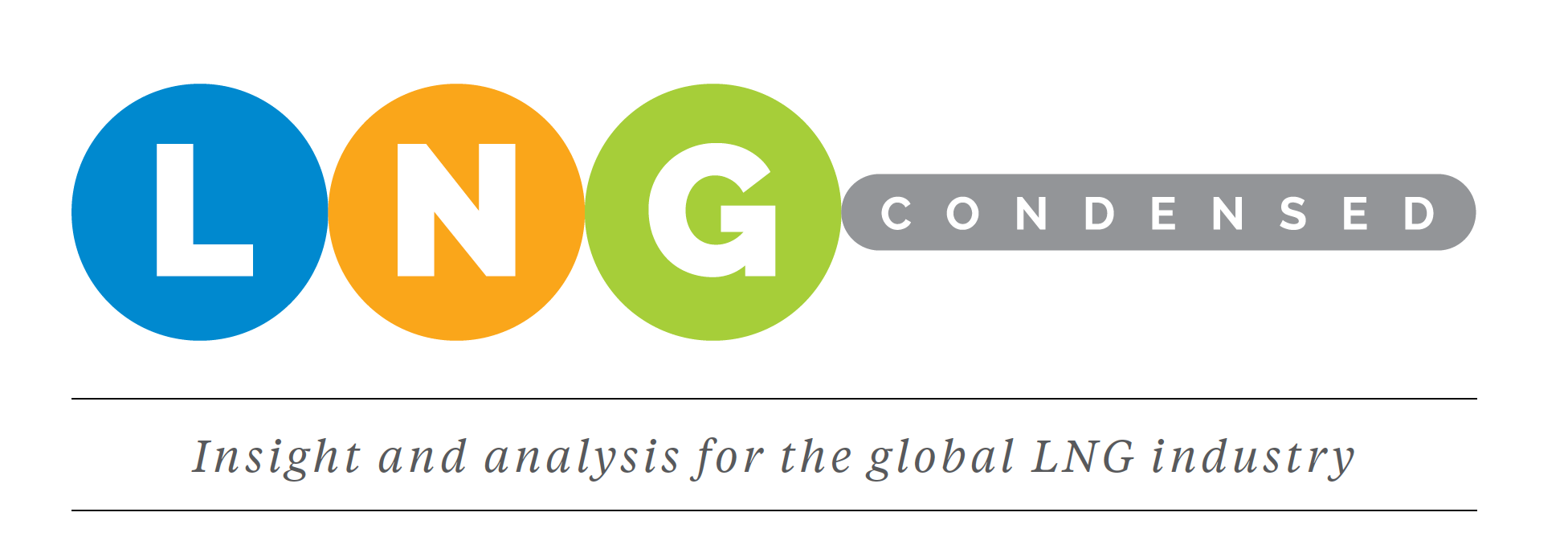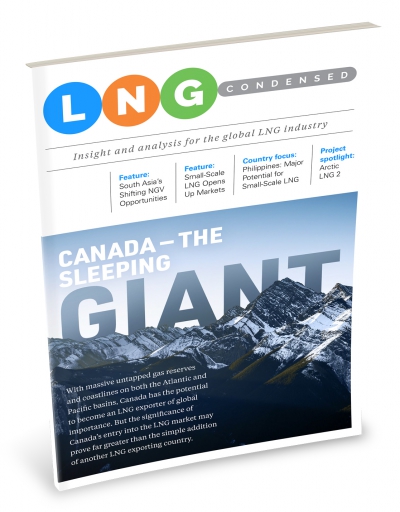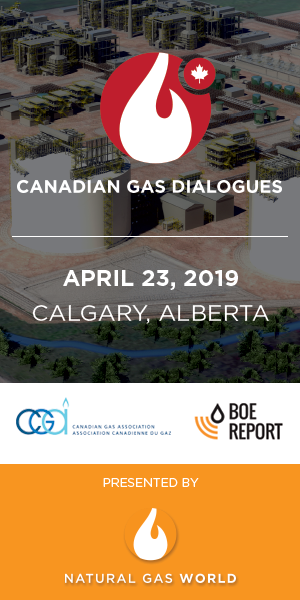Editorial: Pressure Testing the European Gas Market [LNG Condensed]
Spot prices for LNG delivered into Asia have sunk to around $5/mn Btu, the lowest level in years, reflecting increased supply and lacklustre demand as a result of a relatively warm northern hemisphere winter. China’s February imports may have been up a healthy 9.7% year on year, but this was significantly less robust than Jan- uary’s 27.8% year-on-year increase. Japan, South Korea and India all saw February LNG imports fall substantially -- by 11.4%, 16.5% and 9.2% respectively year on year, accord- ing to provisional data.
Oil prices by contrast are proving more resilient, with Brent moving higher in late January to around $67.50/b. Oil markets are finding support from a range of factors: ongoing crisis in Venezuela, US sanctions on Iran, and aggressive cuts in Opec production led by Saudi Arabia, which was reported to be producing some 200,000 b/d below its quota of 10.31mn b/d in February.
|
Advertisement: The National Gas Company of Trinidad and Tobago Limited (NGC) NGC’s HSSE strategy is reflective and supportive of the organisational vision to become a leader in the global energy business. |
The net effect is a dramatic widening of the spread between spot LNG prices and volumes bought on long-term contract indexed to oil, which still make up the majority of LNG trade, particularly in Asia. These contracts are usually indexed with a time lag, typically six months. But six months ago, the US was still to reimpose sanctions on Iran and had yet to agree to a number of relatively generous waivers for key Asian importers. The oil market was pricing in a much larger effect and as a result Brent crude was some $10/b higher than today, peaking over $86/b on October 23.
The large spread between oil and LNG prices will prove a major test of how the LNG market has evolved. Oil-in- dexed LNG and pipeline gas contracts, in Europe at least, have seen major revisions in recent years, reducing the oil-indexed component. Deals for some new US LNG have been struck not with oil as the pricing anchor but the key US gas trading point, Henry Hub. Moreover, there has been an increase in flexibility with long-term contracts, reducing destination restrictions.
A wide spread between high oil prices and low LNG prices will serve both to increase buyers’ demands for in- creased flexibility and give them leverage. It reinforces the view that oil-indexed pricing is no longer relevant in an LNG market increasingly commoditised in its own right, one which is developing a wider financial architecture in support of that commoditisation.
The other great test of a low-priced 2019 will be compe- tition between pipeline and LNG supplies. Poland’s PGNiG picked up its fourth spot LNG cargo of the year in February, in what must have been an opportunistic exercise in bargain hunting. Must-run US LNG can’t price into Asia, which means it will stay in the Atlantic basin. With spot LNG in Asia now at a discount to the Dutch TTF hub, Middle Eastern producers will also be looking to move cargoes into Europe.
In a fully competitive world, LNG would start to displace pipeline imports from key European suppliers like Russia and Algeria, or force down the price of pipeline gas. However, long-term pipeline contracts with take-or-pay conditions limit European importers’ flexibility, despite the under-utilised state of the region’s LNG terminals. Some LNG may find its way in to meet rising demand from gas- fired generation, but European power prices are also weak and a flood of cheap thermal coal appears to be on its way into northwest Europe.
The situation will cause much frustration on both sides of the market. On the part of buyers turning away cheap LNG as a result of contractual pipeline obligations; and on the part of LNG sellers offering a competitive product but unable to gain market access. 2019 looks set to demon- strate just how much flexibility LNG and gas markets have gained over the last decade, but also clearly mark out areas where open competition is still lacking.
Sign up FREE below and download the March 2019 edition of LNG Condensed.

NOW AVAILABLE: Volume 1, Issue 3 - March 2019
 LNG Condensed brings you independent analysis of the LNG world's rapidly evolving markets.
LNG Condensed brings you independent analysis of the LNG world's rapidly evolving markets.
Covering the length of the LNG value chain and the breadth of this global industry, it will inform, provoke and enrich your decision making. Published monthly, LNG Condensed provides original content on industry developments by the leading editorial team from Natural Gas World.
LNG Condensed is your magazine for the fuel of the future.
Volume 1, Issue 3 - March 2019
Canada - The Sleeping Giant
> Editorial: Pressure Testing the European gas Market
> Feature: South Asia’s Shifting NGV Opportunities
> Feature: Small-Scale LNG Opens Up Markets
> Country focus: Philippines: Major Potential for Small-Scale LNG
> Project spotlight: Arctic LNG 2
and more!
Sign up now to receive LNG Condensed monthly FREE (after filling out the form you will be redirected to LNG Condensed's archive where you can find every issue already published available for download):




